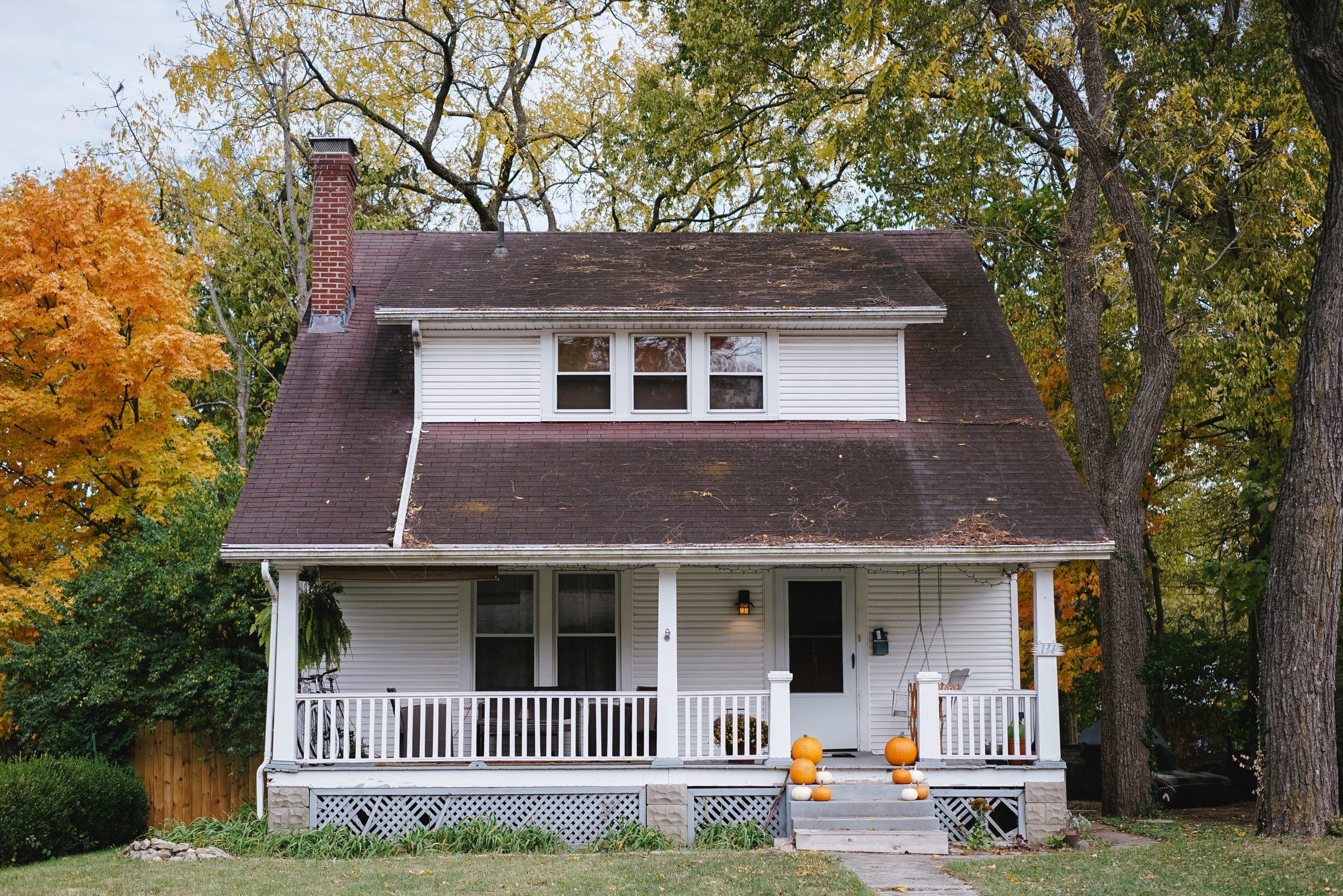Fire suppression systems are an essential component of a facility’s safety infrastructure. They’re designed to automatically respond when fire breaks out, limiting further damage while giving building occupants an opportunity for safe evacuation.
These systems utilize inert gases like carbon dioxide to displace oxygen and cool the fuel source of a fire, sapping its energy and diminishing its impact. Commonly found in warehouses that store large amounts of flammable materials, these systems help keep their contents under control while simultaneously dispelling potential danger.

Assessing Your Building’s Unique Requirements
An effective fire suppression system provides protection for people and property in the event of fire, usually including an integrated plan to extinguish, control or remove smoke and flames, while halting further spread. Each building may have their own specific system which can be customized according to individual needs.
Manual and automatic initiating devices exist; manual devices require someone to activate them such as an extinguisher; while automatic ones react automatically when detectable physical changes occur due to fire, such as detectable temperature variations.
Some systems are designed to release fire-suppressing agents directly onto an active fire, while others focus more on detection and controlling its spread with water supplies. No matter the system chosen, it is crucial that it adheres to strict codes and guidelines.
Choosing the Right Components
There are two primary types of fire suppression systems, sprinklers and gaseous/chemical suppressants. Each has different ways of activation and positioning; as well as agents used.
Fire suppression systems typically include primary and backup power sources, piping or tubes to carry fire retardant to equipment that requires it, as well as nozzles, sprinklers or temperature-sensitive tubes that release fire suppression agent when necessary. Such systems may be designed to safeguard specific machines or entire rooms.
Fire safety systems that incorporate alarms that connect directly with local fire departments for faster response times can also include alarms that play recordings to guide building occupants through their evacuation process, providing invaluable protection in retail stores or warehouses that store combustible materials. It’s also essential that these systems undergo periodic testing, inspection, and certification in order to maintain optimal functioning.
Choosing an Experienced Engineer
Fire protection engineering involves an intricate combination of technical knowledge, problem-solving ability and swift decision-making skills. Interviewers use questions such as these to gauge your experience in designing both active measures (like alarms and sprinkler systems ) and passive measures ( such as fireproof walls and floors ).
Some fire suppression systems can detect fires without human intervention, using either mechanical or electrical sensors such as fusible links and thermobulbs to detect an outbreak and issue an alert to alert occupants. Conventional control panels usually divide a building into zones; when one of the detectors activates, this usually signals to them which zone has been hit; smarter addressable panels use advanced technology to pinpoint precisely where that detection occurred.
Effective fire suppression system design іs crucial for ensuring that the system deploys water, foam, оr chemicals quickly and efficiently tо extinguish existing flames and prevent further spreading, thereby protecting both buildings and their contents.
Getting Started
Fire suppression systems are essential components of any building’s safety plan, but designing one requires special expertise and knowledge of fire protection technology. Partnering with a licensed fire protection engineer can reduce errors that might incur costly expenses and ensure your design satisfies all relevant specifications.

Engineers utilize various conceptual tools during the design process to devise systems that meet water flow and pressure specifications. Three main strategies include occupancy hazard analysis, design area planning and density/area curves.
Once initial planning is complete, engineers can then develop detailed plans with precise measurements and diagrams that outline where each fire suppression system component will be placed in the building. Maintenance considerations should also be factored into these designs to facilitate regular inspections and servicing as well as many modern fire suppression systems incorporating remote monitoring technologies that inform technicians when maintenance needs to be performed.

